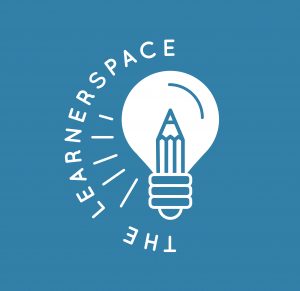- Engagement, Emotional Connections, and Human Experience:
- How can AI be integrated into education without compromising human engagement, emotional connections, and the intrinsic pleasures of traditional learning experiences?
| Chat GPT | Educators |
| AI should be seen as a complement, not a replacement, to human interaction in education. Its role can be to provide personalized learning pathways, instant feedback, and access to vast information. However, the human aspects of education—mentorship, peer-to-peer interaction, discussions, and emotional support—are irreplaceable. The key is to find a balance where AI aids the learning process without overshadowing the human touch. Activities like group discussions, hands-on projects, and in-person mentoring can be interwoven with AI-driven tools. | AI can enhance teachers’ evaluation and organizational tasks, promoting efficiency without compromising quality. AI should be viewed as a collaborative tool with humans, emphasizing action based on data processing without replacing human thought. For genuine educational connections, AI’s outputs must be adapted and aligned with the unique needs and backgrounds of learners. Clear guidelines are essential for AI’s application in educational contexts. AI should function as a co-contributor in a system that values human engagement. |
- Educational Impact and Implementation:
- As technology rapidly evolves, how can we ensure that AI not only fits seamlessly into the classroom but also enhances the overall educational system?
| Chat GPT | Educators |
| Continuous professional development for educators is crucial. As AI tools evolve, teachers should be equipped with the skills to utilize them effectively. Schools can also adopt a flexible curriculum that can be easily updated to incorporate new technologies. Furthermore, involving educators in the development and testing phases of educational AI tools can ensure that these tools are practical and beneficial in real-world classroom settings. | Professional development is crucial. We shouldn’t assume everyone is familiar with AI, similar to past assumptions about the internet. AI should enhance students’ critical thinking, assisting rather than replacing their efforts. Education should emphasize areas AI can’t address. |
- Content Safety, Regulation, and Quality:
- In an era of AI-driven education, how can we guarantee content safety, unbiased information, and regulatory compliance while ensuring the highest quality of learning?
| Chat GPT | Educators |
| Robust regulatory frameworks and oversight are necessary. AI tools should undergo rigorous testing for biases and inaccuracies before deployment. Open-source AI models can be beneficial as they allow for community-driven scrutiny and improvements. Schools and institutions should also have a mechanism for feedback from students and educators to continuously refine the AI tools in use. Additionally, digital literacy lessons can equip students with the skills to critically evaluate information, discerning between credible sources and misinformation.. | Addressing bias in AI is challenging due to differing global perspectives. While offering multiple viewpoints can help, it might still exclude some opinions. Engaging diverse experts can help reduce biases in AI, ensuring a broader range of unbiased information for users. |
- Inclusivity, Equity, and Access:
- How can we leverage AI in education to bridge the digital divide and ensure equitable access and opportunities for all students, regardless of their technological resources?
| Chat GPT | Educators |
| Efforts should be made at both governmental and institutional levels to provide necessary infrastructure and resources to underserved areas. Low-cost, AI-driven educational solutions can be developed specifically for regions with limited technological access. Additionally, partnerships between tech companies, NGOs, and educational institutions can facilitate the distribution of resources and technology to where they’re needed most. Offline versions of AI tools can also be beneficial for areas with unstable internet connectivity. |
- Adaptability and Customization:
- How can AI tools be designed to foster creativity and be tailored to individual learning needs, including the adaptation of pre-existing educational materials?
| Chat GPT | Educators |
| AI tools can be built with adaptability in mind, allowing educators to customize content based on their students’ needs. For instance, AI-driven platforms can suggest materials or activities based on a student’s interests, learning pace, and strengths. Moreover, AI can be employed to analyze vast datasets to discern patterns in learning behaviors, thereby refining its recommendations over time. Collaborative platforms can also allow educators to share and adapt AI-enhanced content, ensuring a continually evolving repository of resources. | For effective AI integration in education, it’s imperative to employ detailed student profiles to tailor learning materials that cater to individual needs. The fusion of resources and specific learning requirements represents the future trajectory of AI in this realm, with tools like https://beta.diffit.me/#topic already pioneering this approach. Moreover, there’s a growing emphasis on shifting the educational paradigm from a content-centric focus to one that prioritizes skills development. |

